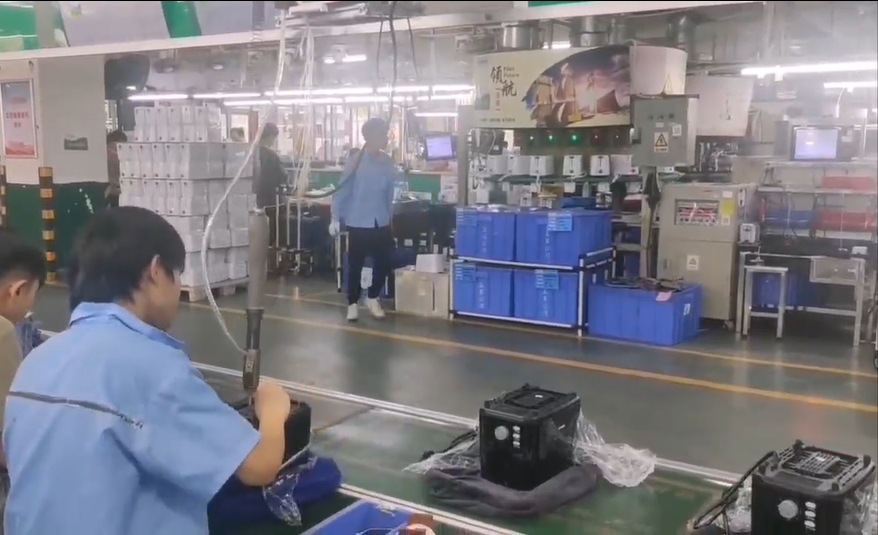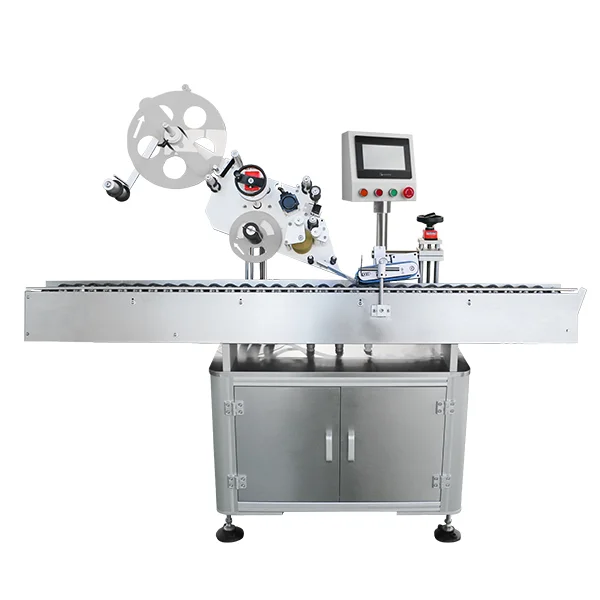When it comes to conducting experiments in a chemical reactions laboratory, safety is paramount. The nature of chemical reactions often involves hazardous materials, high temperatures, and potentially explosive reactions. Therefore, understanding what safety means in this context is crucial for both novice and experienced chemists. This article delves into the multifaceted aspects of safety in chemical reactions labs, offering practical insights and guidelines to ensure a secure working environment.
Understanding the Risks
Chemical reactions can pose various risks, including:
- Toxicity: Many chemicals used in reactions can be harmful if inhaled, ingested, or absorbed through the skin. Understanding the toxicity levels of substances is essential for risk assessment.
- Flammability: Certain chemicals are highly flammable and can ignite easily, leading to fires or explosions. Proper storage and handling protocols are critical.
- Reactivity: Some chemicals can react violently with others, producing heat, gas, or even explosions. Knowledge of chemical compatibility is vital.
- Corrosiveness: Acids and bases can cause severe burns and damage to materials. Protective equipment and containment measures are necessary.
Personal Protective Equipment (PPE)
The first line of defense in any chemical reactions lab is the use of appropriate personal protective equipment (PPE). This includes:
- Safety Goggles: Protects the eyes from splashes and harmful vapors.
- Lab Coats: Provides a barrier against spills and splashes.
- Gloves: Essential for protecting hands from hazardous substances. The choice of glove material should be based on the chemicals being handled.
- Face Shields: Recommended for high-risk procedures where splashes or flying debris are possible.
Engineering Controls
In addition to PPE, engineering controls play a significant role in ensuring safety. These include:
- Fume Hoods: Essential for containing toxic fumes and vapors, fume hoods should be used whenever volatile substances are handled.
- Safety Showers and Eyewash Stations: These should be readily accessible in case of chemical exposure.
- Ventilation Systems: Proper ventilation reduces the concentration of airborne contaminants, minimizing inhalation risks.
Standard Operating Procedures (SOPs)
Establishing and adhering to Standard Operating Procedures (SOPs) is critical for maintaining safety in the lab. SOPs should include:
- Chemical Handling Protocols: Guidelines for the safe handling, storage, and disposal of chemicals.
- Emergency Procedures: Clear instructions on what to do in case of spills, fires, or exposure incidents.
- Training Requirements: Regular training sessions for all lab personnel on safety practices and emergency response.
Risk Assessment and Management
Conducting a thorough risk assessment before starting any experiment is essential. This involves:
- Identifying Hazards: Recognizing potential risks associated with the chemicals and processes involved.
- Evaluating Risks: Assessing the likelihood and severity of incidents.
- Implementing Control Measures: Establishing strategies to mitigate identified risks, such as substituting less hazardous materials or modifying procedures.
Chemical Inventory Management
Maintaining an accurate chemical inventory is vital for safety. This includes:
- Labeling: All chemicals should be clearly labeled with their names, concentrations, and hazard symbols.
- Storage: Chemicals should be stored according to their compatibility, with flammable materials kept away from oxidizers and acids.
- Disposal: Proper disposal methods should be established for hazardous waste, following local regulations.
Continuous Improvement and Safety Culture
Creating a culture of safety within the lab is essential for long-term success. This involves:
- Regular Safety Audits: Conducting periodic reviews of safety practices and equipment.
- Encouraging Reporting: Fostering an environment where lab personnel feel comfortable reporting unsafe conditions or practices.
- Feedback Mechanisms: Implementing systems for continuous feedback and improvement of safety protocols.
Conclusion
Safety in chemical reactions labs is a multifaceted issue that requires a proactive approach. By understanding the risks, utilizing appropriate PPE, implementing engineering controls, and adhering to SOPs, lab personnel can significantly reduce the likelihood of accidents. Moreover, fostering a culture of safety and continuous improvement ensures that safety remains a priority in all laboratory activities. As the field of chemistry evolves, so too must our commitment to maintaining a safe working environment for all.


